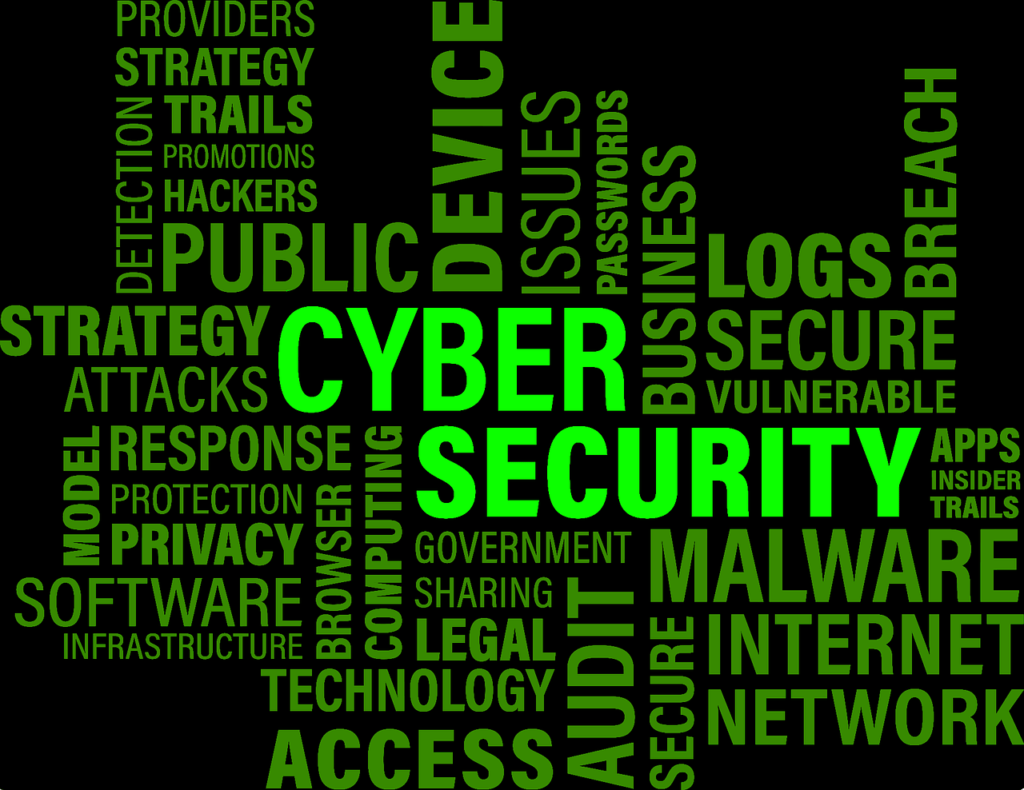Large scale cyber attacks are, it seems, never far from the headlines these days and each event ought to serve as a warning to businesses. Recently, for example, more than 140 million Americans are said to have been impacted by the breach at credit rating agency Equifax. The bigger they are, the harder they fall.
But, it isn’t just the big boys who are suffering at the hands of hackers. It’s said that 14 million small businesses in the US were hacked in the last year – which is about half of the total.
It’s a big threat for businesses, and that means you have to think about how they businesses can protect themselves. One of the most important things to remember is that security is a team effort. Your business won’t be secure if everyone doesn’t know how they can play their part. If you can get everyone thinking about cyber security—and appreciating the role that they can play—then that’s half of the battle overcome.
So, how is it done?
Introduce processes
Firstly, you need to introduce processes in your business that put cyber security at the forefront. Whether it’s the way you manage the passwords used to access your systems, the way in which you handle your paperwork to keep confidential data secure, or the way in which you deploy antivirus software and encryption to protect your systems and the data held within them, it all needs solidifying. Crucially, you also need to ensure that your processes are effectively communicated to every member of your staff and that there’s a clear structure in place for anyone to raise queries, report issues or suggest gaps in your defenses that need to be addressed.
Nominate people with responsibility
With that in mind, your processes will be most effective if they are introduced alongside a structure. This might mean nominating one person to take a lead on cyber security within your organization or, if you’re big enough, it might mean appointing a team of people. These people can monitor and review your processes, ensure they are implemented and be at the heart of an effective communication strategy. By making responsibility clear, it helps to avoid a situation where employees all presume that it’s someone else’s job.
Training sessions
Once you have your structure in place and your process mapped out, it’s time to think about training. Every member of staff should be clear on your cyber security strategy—but should also receive training on the nature of the threat posed by criminals online. It’s important that you know what you’re up against—and that the potential danger is spelled out so that people know that all of this isn’t being done for nothing. Effective training will definitely get your employees thinking and, hopefully, talking about cyber security.
Training, structure and process are the three central pillars required to get your employees thinking about cyber security. Together, they form the essential bedrock of a business equipped to cope with the threats now faced online. So, implement this advice and see if your business is safer as a result.




Great article and incredibly relevant. We have an approach called “Cyber Security as an Employee Benefit” for companies, and “Cyber Security for Life” for individuals and families. Let me know if I can tell you more.